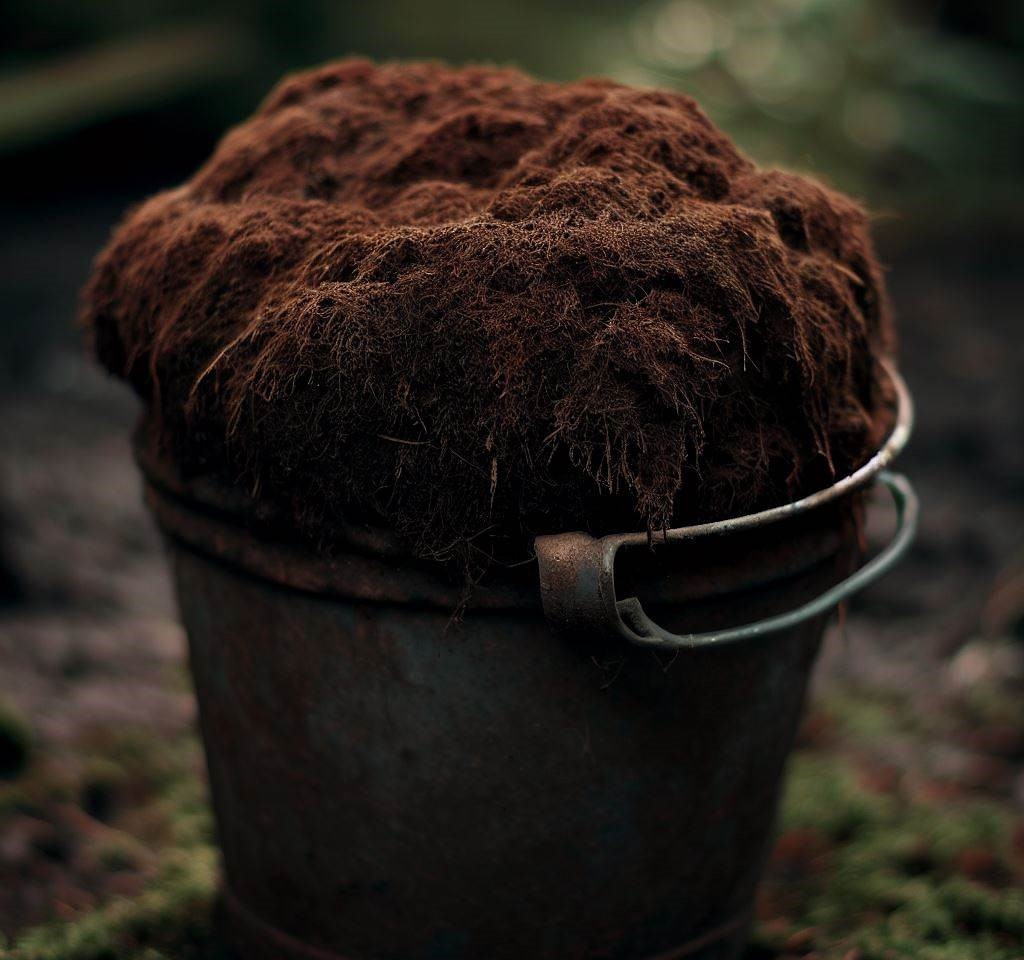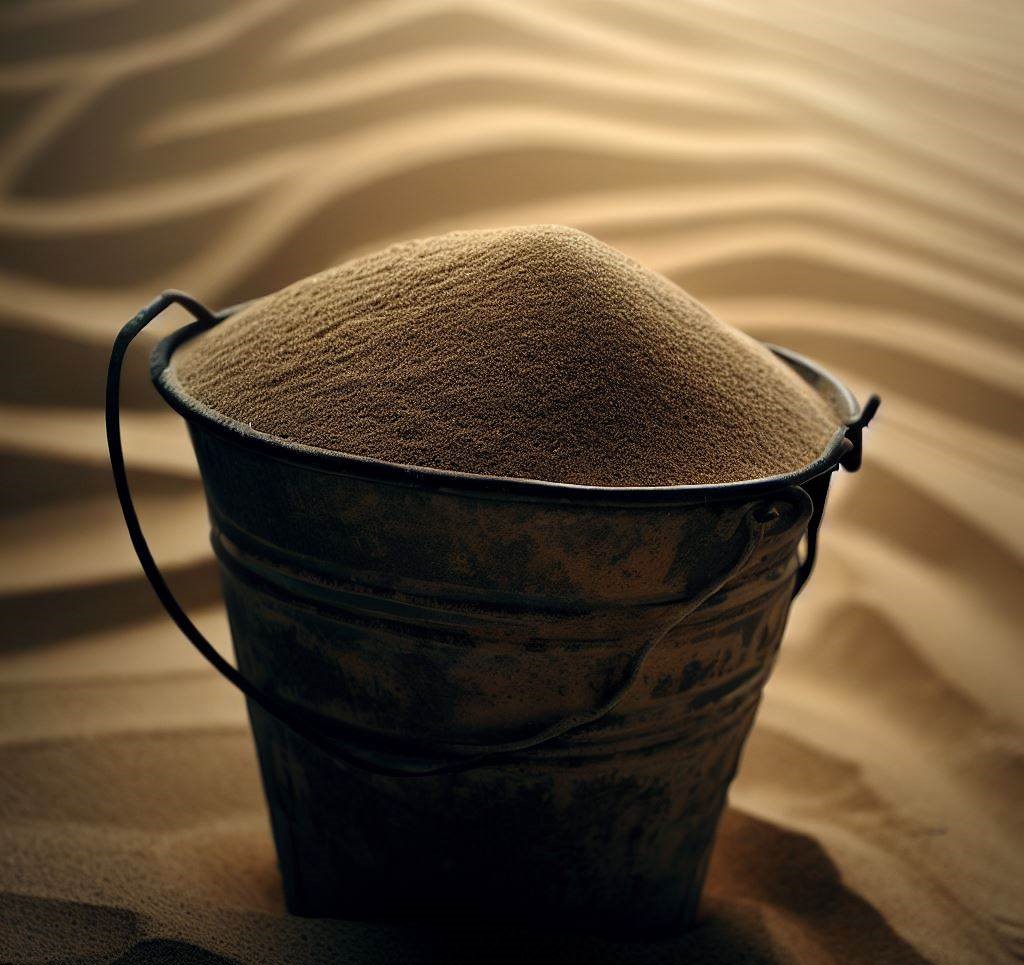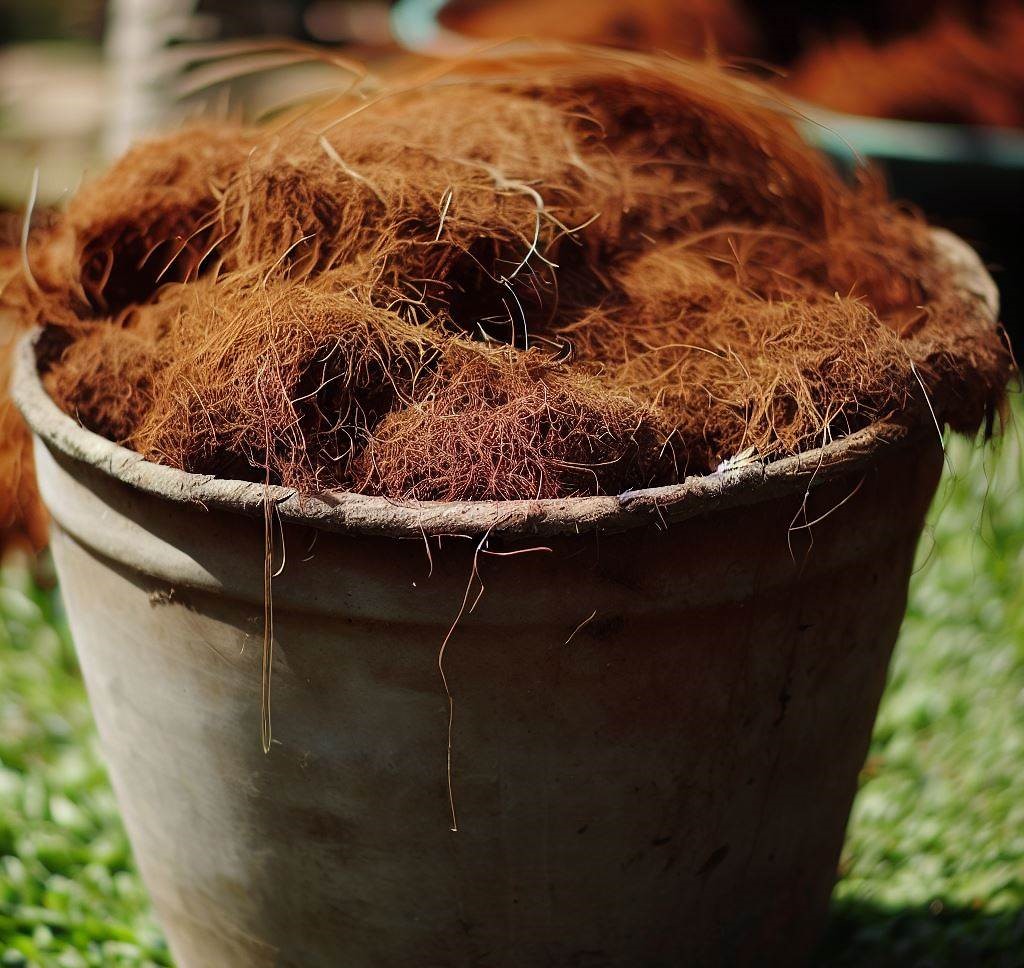Greenhouse Soil and Growing Mediums
*We may earn a commission for purchases made using our links. Please see our disclaimer to learn more.




Introduction:
Greenhouse gardeners understand that greenhouse soil and growing mediums are vital for plant health.
Unlike outdoor gardening, greenhouses allow more control over soil quality and composition. However, this also means that you have to choose wisely and carefully among the various options available.
Planting soil and growing medium are terms that are often used interchangeably, but they are not exactly the same thing. Greenhouse soil is a natural or artificial material that contains mineral particles, organic matter, water, air, and microorganisms. Greenhouse soil is often modified from regular garden soil to meet plant needs. Growing medium supports plant growth without soil. This medium offers support, water retention, nutrients, and air for roots, using organic or inorganic substances.
There are many types of greenhouse soil and growing medium available in the market or that you can make yourself. Each medium has pros and cons, influenced by plants, containers, climate, cost, and material availability.
Common greenhouse soils and mediums include loam, sand, clay, compost, peat moss, perlite, vermiculite, bark, and coir.
In this article, we will show you how to choose, use, mix, test, and adjust your greenhouse soil and growing medium for optimal plant growth and health. We will cover topics such as:
Curious about selecting the right greenhouse soil? Various growing mediums exist; exploring their effective use is key. Crafting your own soil and growing medium can be fulfilling. It’s crucial to test and adjust these components for optimal growth.
- Have you ever wondered about greenhouse soil and how to select the right one?
- There are various growing mediums; let’s explore how to use them effectively.
- Mixing your own greenhouse soil and growing medium can be quite rewarding.
- Testing and adjusting these components is essential for optimal growth.
By following this guide, you will be able to create the best possible environment for your greenhouse plants. Let’s get started!
What is Greenhouse Soil and Growing Mediums and How to Choose One?
Greenhouse soil is a material that contains mineral particles, organic matter, water, air, and microorganisms. It is similar to regular garden soil, but it is usually modified or improved to suit the specific needs of greenhouse plants. Greenhouse soil differs from regular garden soil in several ways, such as:
- Greenhouse soil is usually lighter in weight and texture than regular garden soil. This is because greenhouse soil contains more organic matter and less clay and silt particles than regular garden soil. This improves the drainage, aeration, and water holding capacity of the greenhouse soil, which are essential for plant roots.
- Greenhouse soil is usually more fertile and balanced than regular garden soil. This is because greenhouse soil is often enriched with organic or synthetic fertilizers and amendments that provide the necessary nutrients and pH levels for plant growth. This reduces the need for frequent fertilization and liming of the greenhouse soil, which can save time and money.
- Greenhouse soil is usually more sterile and disease-free than regular garden soil. This is because greenhouse soil is often treated with heat, steam, or chemicals that kill any harmful pathogens, pests, or weeds that may be present in the soil. This prevents the spread of diseases and infestations among the greenhouse plants, which can improve their health and yield.
Conclusion:
There are many factors to consider when choosing a greenhouse soil for your plants, such as:
The texture and structure of the greenhouse soil and growing mediums.
The texture of the greenhouse soil refers to the size and distribution of the mineral particles in the soil, such as sand, silt, and clay. The structure of the greenhouse soil refers to how these particles are arranged and held together, such as aggregates, crumbs, or clods. The texture and structure of the greenhouse soil affect its drainage, aeration, water holding capacity, nutrient availability, and root penetration. Ideally, you want a greenhouse soil that has a loamy texture (a mixture of sand, silt, and clay) and a granular structure (small aggregates that are loosely held together). This will provide good drainage, aeration, water retention, nutrient exchange, and root growth for your plants.
The fertility and pH of the greenhouse soil.
The fertility of the greenhouse soil refers to its ability to supply nutrients to the plants. The pH of the greenhouse soil refers to its acidity or alkalinity on a scale from 0 to 14, where 7 is neutral, below 7 is acidic, and above 7 is alkaline. The fertility and pH of the greenhouse soil affect its nutrient availability, microbial activity, and plant growth. Ideally, you want a greenhouse soil that has a moderate to high fertility level (enough nutrients but not too much) and a slightly acidic to neutral pH level (between 5.5 and 7). This will provide optimal conditions for most plants to absorb nutrients, grow well, and resist diseases.
The cost and availability of the greenhouse soil and Growing Mediums:
The cost of the greenhouse soil refers to how much money you have to spend to buy or make it. The availability of the greenhouse soil refers to how easy it is to find or obtain it in your area. The cost and availability of the greenhouse soil affect your budget, convenience, and sustainability. Ideally, you want a greenhouse soil that is affordable (within your budget) and accessible (easy to find or make). This will save you money and time and reduce your environmental impact.
Greenhouse Soil and Growing Mediums – FAQ’s:
There are different types of greenhouse soils that you can choose from depending on your needs and preferences. Some examples are:
Loam:
This is a type of greenhouse soil that has a balanced mixture of sand, silt, and clay particles. It has a loamy texture and a granular structure that provide good drainage, aeration, water retention, nutrient exchange, and root growth for most plants. It also has a moderate to high fertility level and a slightly acidic to neutral pH level that suit most plants’ needs. Loam is one of the most common and versatile types of greenhouse soils that can be used for various purposes.
Sand:
This is a type of greenhouse soil that has mostly sand particles with little or no silt or clay particles. It’s loamy texture and granular structure ensure drainage, aeration, water retention, nutrient exchange, and root growth. It offers moderate fertility and a pH level suitable for most plants. It also has a low fertility level and an alkaline pH level that may limit some plants’ growth and health. Sand suits plants like cacti, succulents, and some herbs that prefer dry, well-drained conditions. It’s affordable and accessible but may need more watering, fertilizing, and weeding than other soils.
Clay:
This is a type of greenhouse soil that has mostly clay particles with little or no sand or silt particles. It has a clayey texture and a compact structure that provide poor drainage and aeration but excellent water retention, nutrient exchange, and root growth for some plants. It also has a high fertility level and an acidic pH level that may benefit some plants’ growth and health. Clay is a type of greenhouse soil that is suitable for plants that prefer moist and fertile conditions, such as some flowers, vegetables, or fruits. It is also a type of greenhouse soil that is durable and stable, but it may require more loosening, aerating, and liming than other types of greenhouse soils.
Compost:
This is a type of greenhouse soil that is made of decomposed organic matter, such as plant residues, animal manures, kitchen scraps, etc. It has a dark color and a crumbly texture that provide good drainage, aeration, water retention, nutrient exchange, and root growth for most plants. It also has a high fertility level and a neutral pH level that suit most plants’ needs. Compost is a type of greenhouse soil that is beneficial for improving the quality and structure of any other type of greenhouse soil. It is also a type of greenhouse soil that is environmentally friendly and sustainable, but it may require more preparation, maintenance, and monitoring than other types of greenhouse soils.
